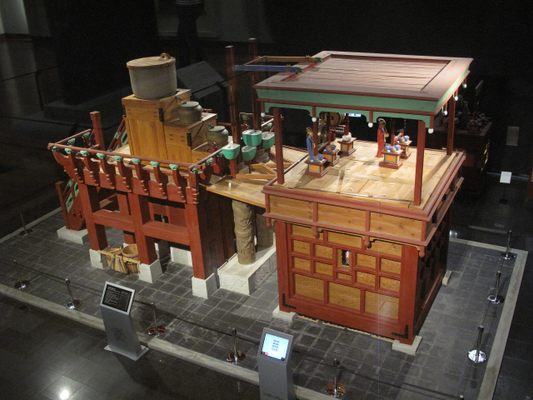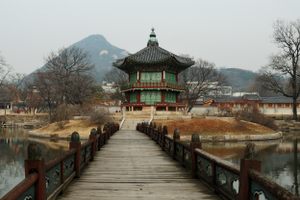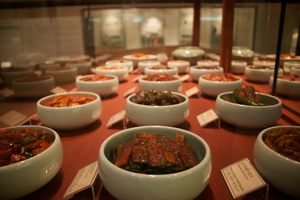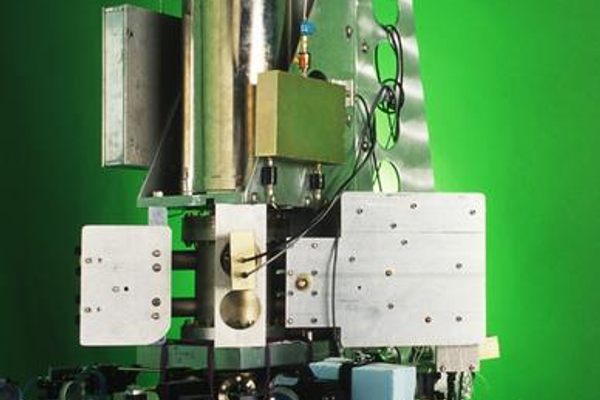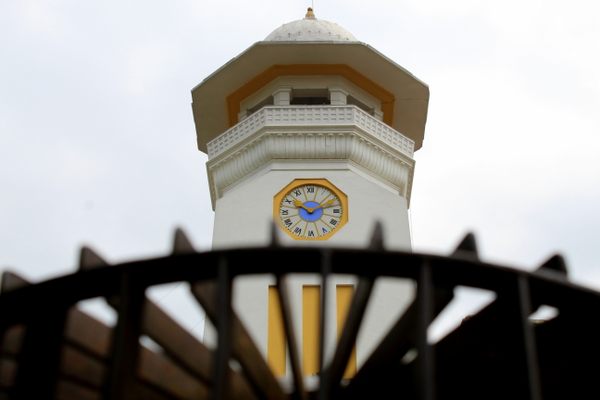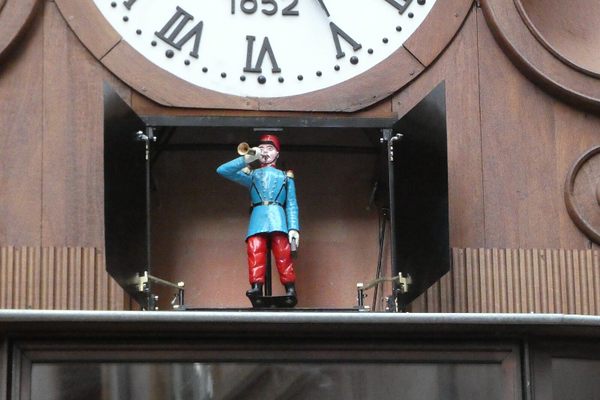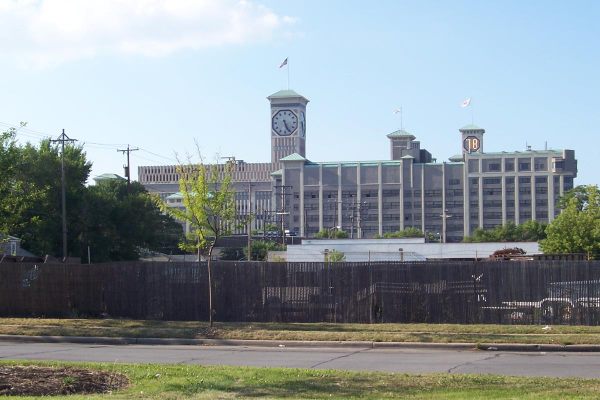About
Timekeeping systems have a long history in Korea, and have been associated with royalty since the Three Kingdoms era (57 B.C. to 668 A.D.). Borugak Jagyeongnu is a clepsydra, or water clock, an ancient device that uses the flow of water to measure time. Its design dates back to 1434, when scientist and inventor Jang Yeong-sil created the automatic device for King Sejong. Water flowing through the clock triggered a series of mechanisms that marked each hour with a distinct sound.
Borugak Jagyeongnu consisted of a set of bronze and ceramic vessels. The water flowed through these vessels and gathered in the clock's tall cylindrical containers. Upon reaching a specific level the water would trigger a lever, releasing metal beads that would strike the clock's bells, gongs, and drums. The clock was designed to fulfill one of the king's most important duties, informing the public of the exact time of day to ensure people knew when to rise, work, and rest. Time signals from Jagyeongnu were relayed to a bell pavilion responsible for announcing the opening and closing of Seoul's city gates.
In 1536, at the request of King Jungjong, a new clock was unveiled. It was an improved version of Jang's original design that could automatically announce the beginning and end of the night curfew period. Though the original clock is long gone, some components of the second Borugak Jagyeongnu have survived.
The National Palace Museum of Korea currently looks after the remains of the clock, which is designated one of the National Treasures of Korea. Only three water bowls and two cylindrical water containers remain, along with two bases for the ceramic vessels, which are kept separately in the Myeongjeonjeon Hall of Changgyeonggung.
In 2018, Korea's National Research Institute of Cultural Heritage removed the remaining pieces of the Borugak Jagyeongnu from Deoksugung for preservation and restoration. A series of inscriptions on the metal cylinders bear the names of people involved in the clock's manufacture, but centuries of accumulated grime and corrosion made several of the inscriptions difficult to read. After clearing away the dirt and damage, conservationists were able to make out the names of four nobles and astrologists who had contributed to creating the timepiece.
After conservation, the Jagyeongnu was moved to the National Palace Museum of Korea, which is located on the grounds of Gyeongbokgung. At the museum, you can also find a functioning scale model of the water clock. Unveiled in 2007, the scale model offers a small glimpse of what the Borugak Jagyeongnu looked like back when it was first built more than 500 years ago.
Related Tags
Community Contributors
Added By
Published
October 5, 2022
Sources
- https://historylibrary.net/entry/%EC%A1%B0%EC%84%A0-%EC%A4%91%EC%A2%85%EC%8B%9C%EB%8C%80-%EC%9E%90%EA%B2%A9%EB%A3%A8%EC%97%90%EC%84%9C-%EC%83%88%EB%A1%9C-%EC%9D%BD%EC%96%B4%EB%82%B8-%EC%9D%B4%EB%A6%84%EB%93%A4-1
- http://english.cha.go.kr/chaen/search/selectGeneralSearchDetail.do;jsessionid=eVLSs20fBmKsssglZqN7gYztS7FS26FIXSNtK8R4aHcgJwe5VRdGeFjTwiINhpeW.cha-was01_servlet_engine4?mn=EN_02_02&sCcebKdcd=11&ccebAsno=02290000&sCcebCtcd=11&pageIndex=24®ion=&canAsset=&ccebPcd1=&searchWrd=&startNum=&endNum=&stCcebAsdt=&enCcebAsdt=&canceled=&ccebKdcd=&ccebCtcd=
- https://english.cha.go.kr/cop/bbs/selectBoardArticle.do?nttId=76464&bbsId=BBSMSTR_1200&pageIndex=14&pageUnit=10&searchCnd=&searchWrd=&ctgryLrcls=&ctgryMdcls=&ctgrySmcls=&ntcStartDt=&ntcEndDt=&searchUseYn=&mn=EN_01_01
- https://link.springer.com/referenceworkentry/10.1007/978-1-4020-4425-0_9337
- https://koreajoongangdaily.joins.com/2020/04/27/koreanHeritage/Scientists-behind-ancient-water-clock-discovered-The-Jagyeongnu-of-Changgyeong-Palace-is-restored-on-view/3076510.html
- https://www.koreatimes.co.kr/www/art/2022/07/690_14169.html?tw


